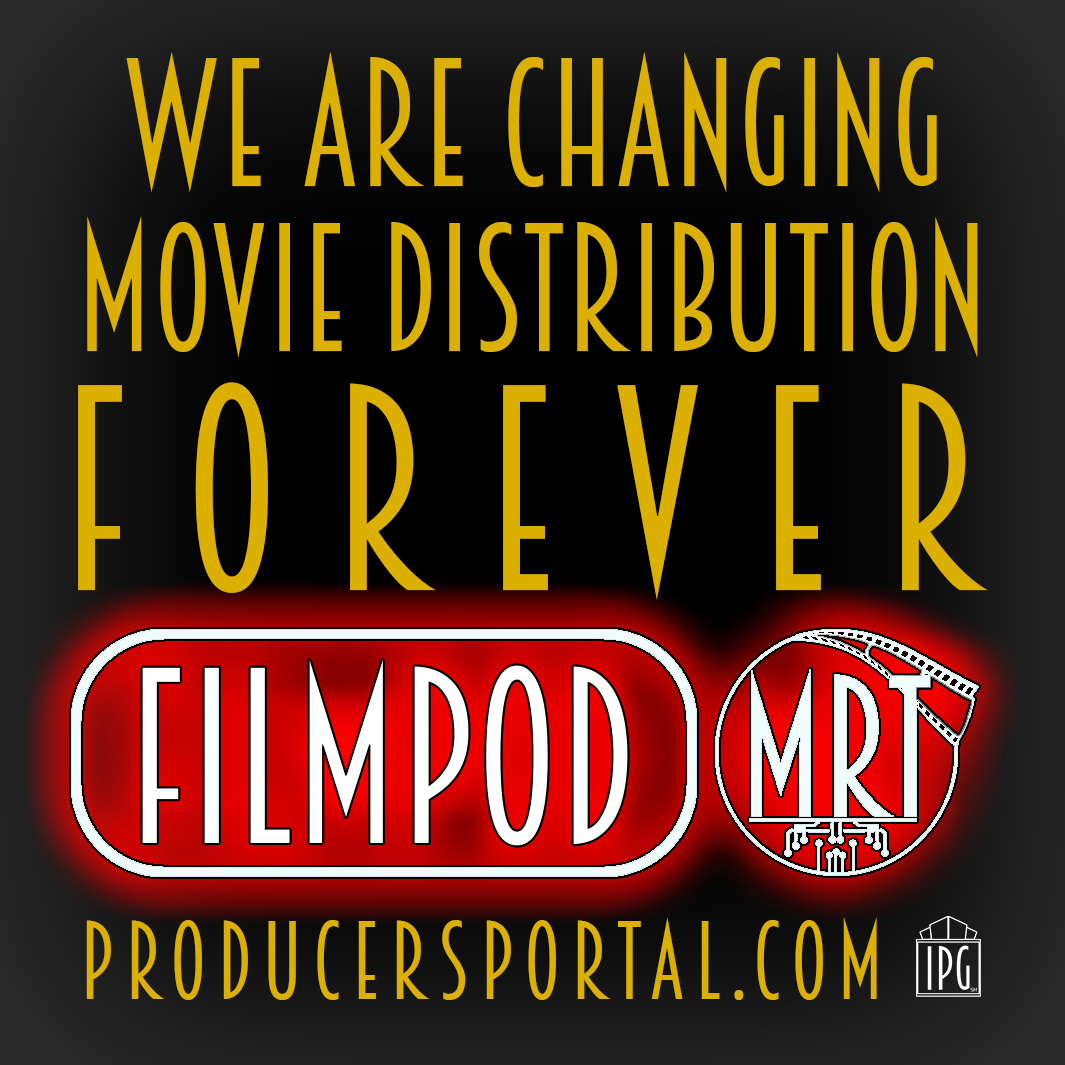Technology has reached the point where the reliable cloning of voices through AI has become a serious concern for talent. This only adds to the issues of re-use of motion capture and re-use of CGI modeling of talent's image and performance which has been evolving over the last two decades.
As producers, we of course want to avail our productions of this maturing technology. It cuts costs and streamlines production pipelines, especially in action and animated projects. However, there are serious ethical, moral, legal and political issues involved in this technology, which are coming to the fore. The dialog which is emerging is, in my opinion, coming up rather late in the game, given the seriousness of the issues. We as independent producers should care about this for several reasons: (a) as producers, we are the driving force of the industry - we are the ones who make things happen, so it is our business how things are done; (b) if we do not assert our position on this, it will simply be dictated to us at some future date by other forces; (c) as the driving force in the industry, producers need to take the lead on these and other important issues, to ensure that production can move forward ethically, professionally and profitably for all parties involved. The rules around vocal cloning, reuse of motion-capture data and performer's biometric information and similar technologies is directly within the concerns and business if the IIPG.
These technologies however are of great import beyond entertainment media. They impact democratic and human rights in general. Interestingly and sadly, from a legal perspective, how they are to be treated has no real precedent at common law. In fact, it is a question of ownership over one's specific biometrics and capabilities. Every performing artist of every kind depends upon her or his unique capabilities and attributes for professional and artistic existence. In fact, we all do. Our uniqueness as human beings must be preserved. Therefore, the right to control the unique sound and cadence of one's voice (which can now be reliably cloned through AI technology), and the particular precision and tempo of one's physical performance (which has become commonplace to record and reuse in computer gaming and in CGI generated action sequences), and the accurate depiction of one's actual physical image (as in 3D modeling in animated and mixed animated/live action film), is in jeopardy. Frankly, talent must be able to control that, and we all, as individuals, must be able to control that.
However, at this time, gaming companies, film production studios, advertisers and "big data" are already using this technology, and reusing single performances without consent or compensation. It is my opinion that such usage is theft, clear and simple. And if it is not theft, then legislation must be created and enacted ASAP to define the sole owner of one's biometrics, voice, etc. as the person herself.
While this issue has definitely been spoken about by members of performers unions and guilds, it seems that nothing is actually being studied in a serious manner. The PGA, to my knowledge, has not even thought about the issue at the policy-considering level, if at all. This is disturbing and the IIPG can, and should, weigh in on this important matter. What can the IIPG do?
First, let me say that I intend to add to the Prohibited Practices list, the use of vocal cloning and the reuse of mocap data or computer generated models and other imagery related to specific talent, unless it is done with explicit and specific license from the talent, with additional agreed-upon compensation for each specific reuse. This will mean that, at least temporarily, no member may avail their production of these technologies unless they come to an agreement and compensation with the talent involved, for each specific reuse of data.
Second, the IIPG is opening up dialog with performers unions and organizations on these complex issues, and we intend to be at the forefront of the contractual regulations of such uses in collective bargaining and recommended private agreements. Accordingly, we will be seeking cooperation with SAGAftra, AEA and others, including the PGA.
Thirdly, this set of issues properly requires the attention of state and federal legislators. Private contractual arrangements will not do in the long run, if the technologies are not addressed at the legal stage. This is an opportunity for the IIPG to assert its leadership among the producing community, and to get involved at the regulatory level. In connection with our dialog with the above organizations, we may be able to take the lead in lobbying on this particular issues, as it relates to the filmed and recorded media industries.
These issues affect producers, actors, dancers, stunt performers, voice artists, "influencers", editors, 3D animation artists and many more. IIPG members are encouraged to speak with anyone they know in those areas and suggest they consider joining and supporting the IIPG in an appropriate capacity, so that their own voices & concerns can be heard.



As far as I know, there have to ways for creators to sell pre-recorded foley art to sound libraries, and stock footage that can be purchased per use. Purchasing the use of cgi assets has been around for a while too. These methods can greatly reduce the cost of production. On my short films, I had all of my onscreen talent sign wavers for the use of their image, but only for the purpose of the film they signed on for, and for the promotion of that specific project.
There are definitely ways to license out the use of assets that benefit both the creators and productions, but those contracts need to be well thought out. We definitely have to be concerned with studios/production companies, having talent sign away rights to a far greater scale than expected. Paying an actor extra - above ADR rates - to use AI to simulate their voice to replace the use of ADR could benefit both the actor and the producers, but could also cost audio post production staff and facilities work. Some actors hate doing ADR, but others would rather endure it than let AI do the acting for them.
It's a complex situation, and one that definitely warrants more discussion.